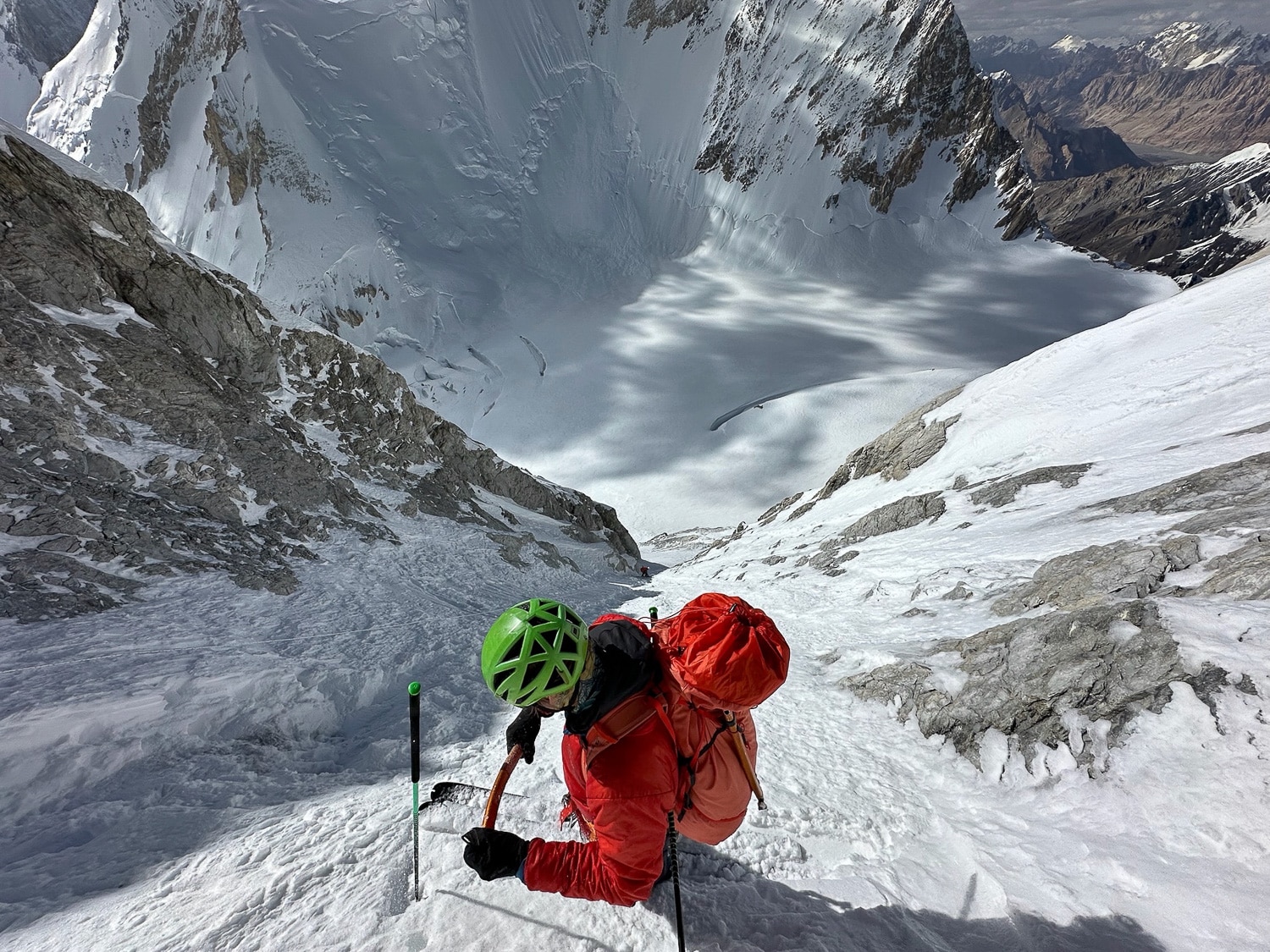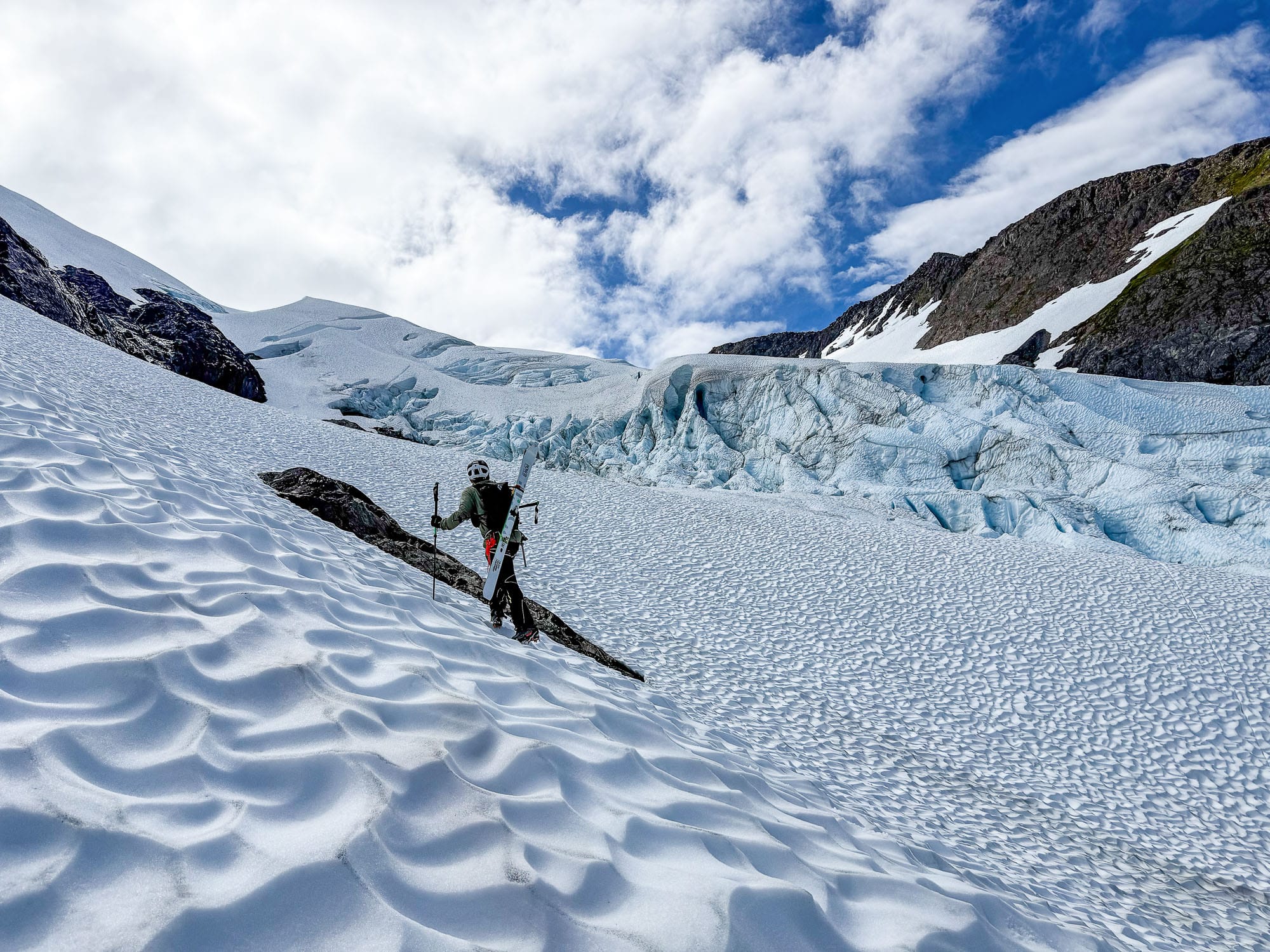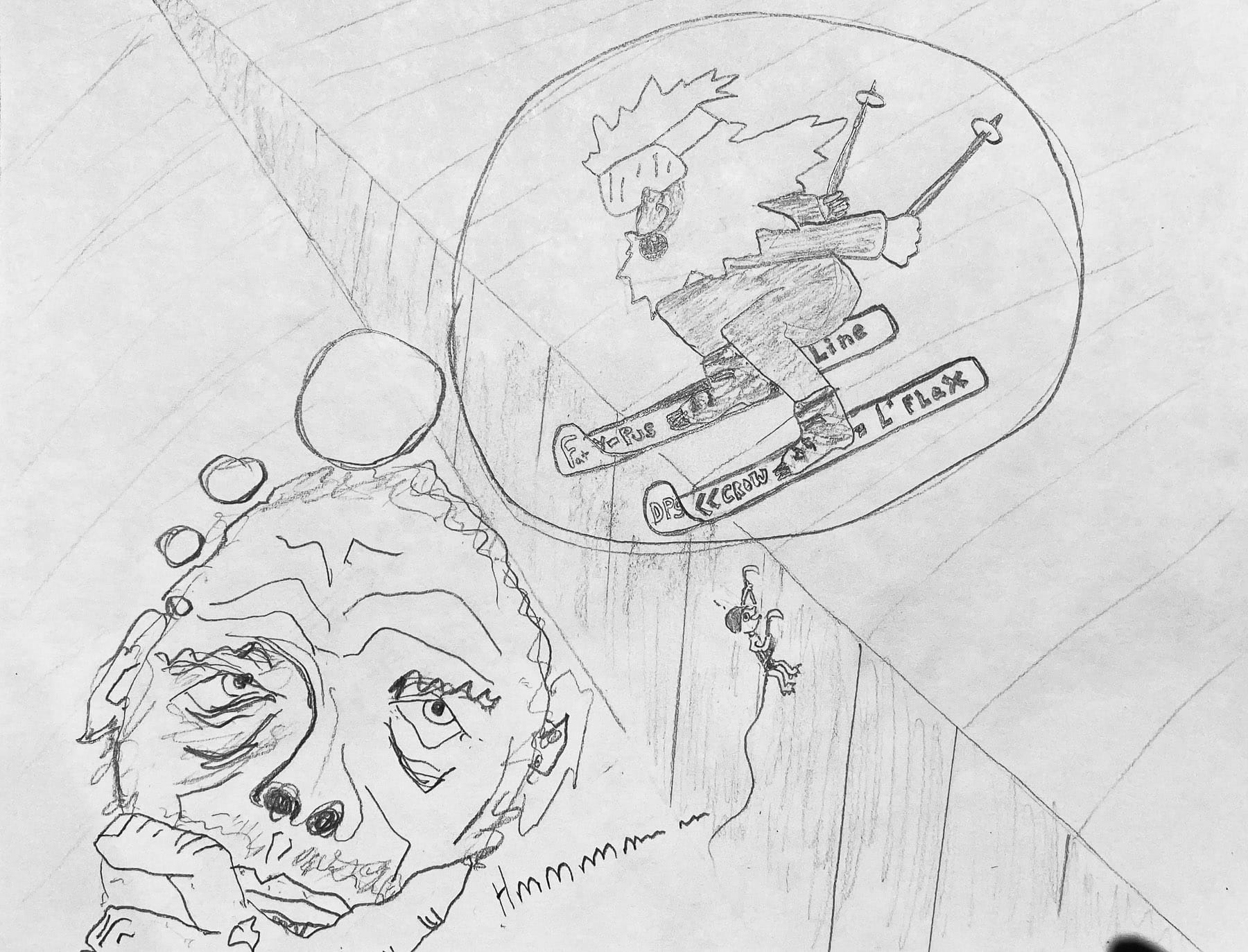Undoubtedly, I’ve been lucky. My luck relates to both avalanche avoidance and lightning strikes. This is to say that the slate of deeply saddening avalanche accidents of late has me thinking of my luck over the years and the truth that, in some instances, “this could have been me” applies. The dark and fickle thing about luck is that we mistakenly think the positive outcome (good luck) was based on our good decision-making.
As much as I want to think my decisions are sound, I’ve been reminded lately that that isn’t necessarily so. Although imperfect, I try to prepare for the unlucky events that may befall me or my partners. To communicate with emergency services in an unlucky event, I carry an inReach Mini. I do, however, haul along my iPhone as a camera. Until I read a recent Teton Search and Rescue (TSAR) post about a tragic January 4 incident on Togwotee Pass, I had ignored my phone’s capacity to send a text message and/or SOS via satellite when there is no cell coverage or wifi.
The following statement from TSAR was an eye-opener prompting me to learn more about my phone’s satellite capabilities:
“Just before noon on Saturday, Teton County Search & Rescue was called to respond to a known avalanche burial on Togwotee Pass. The emergency alert came in via iPhone satellite text-to-911, but it was unclear whether the avalanche involved snowmobilers or skiers. For anyone using this relatively new function, please include the nature of your emergency, mechanism of injury, and number of people in your party. Including that info can help first responders efficiently develop solutions to the problems.”
The first takeaway, which we will briefly touch upon here, is that TSAR reminds us to essentially provide a SOAP note when communicating with emergency services. That means when initiating contact with emergency services via a typed message, provide as much detail as possible to streamline the ensuing search and rescue mission.
The second takeaway relates to redundancy, and is the focus of what follows. A close friend volunteers for Lander Search and Rescue. We began a back-and-forth about something many of us have pondered. Have our satellite communication devices (inReach, Zoleo, etc., that provide two-way text communication and an SOS button) become obsolete as cell phone technology advances? The brief answer, for now, is no.






Leave a Reply
You must be logged in to post a comment.